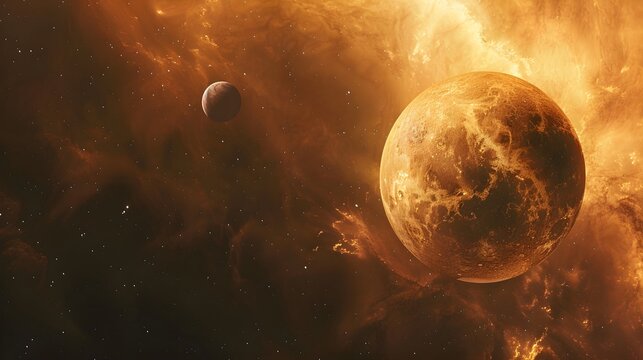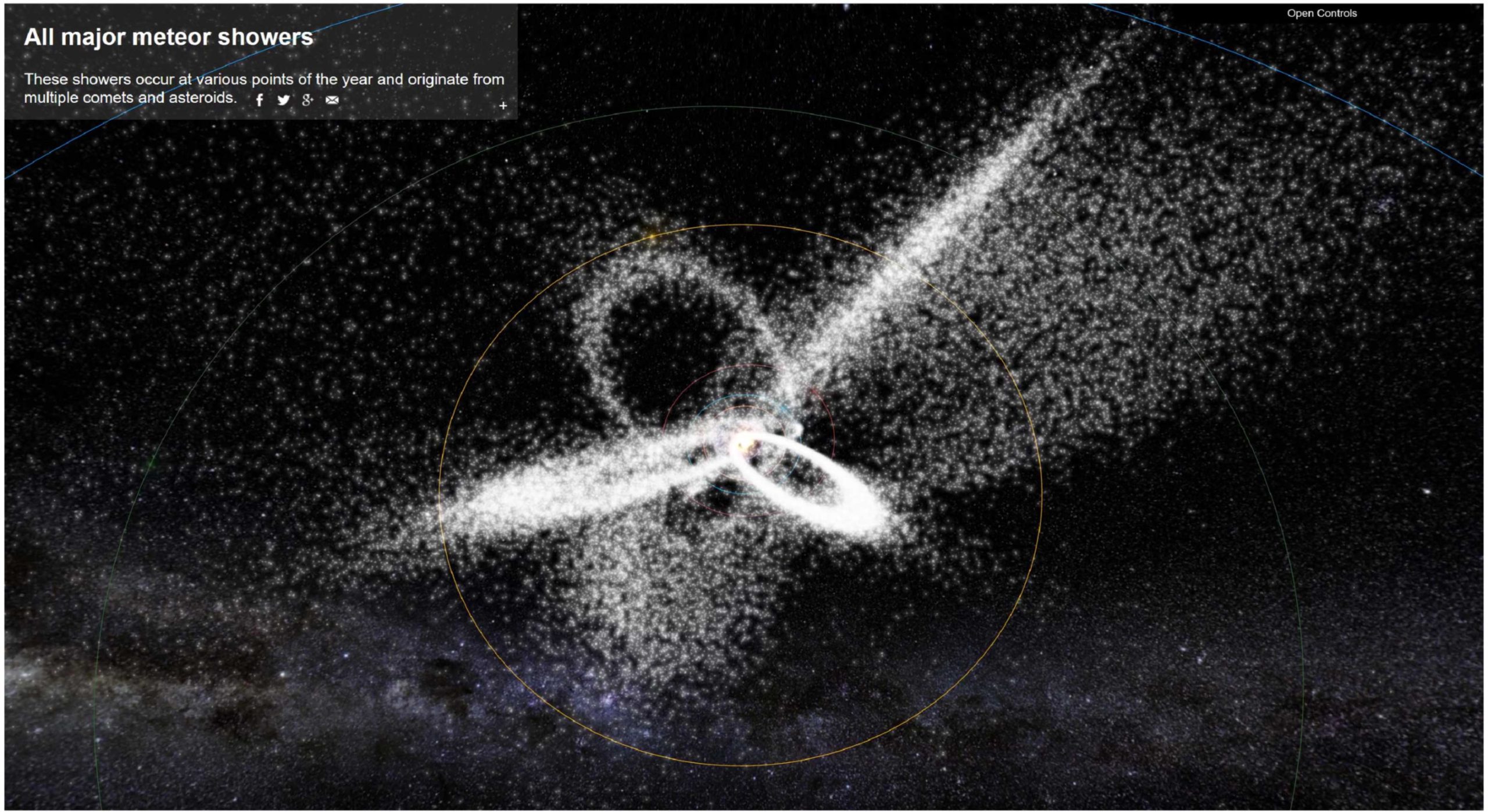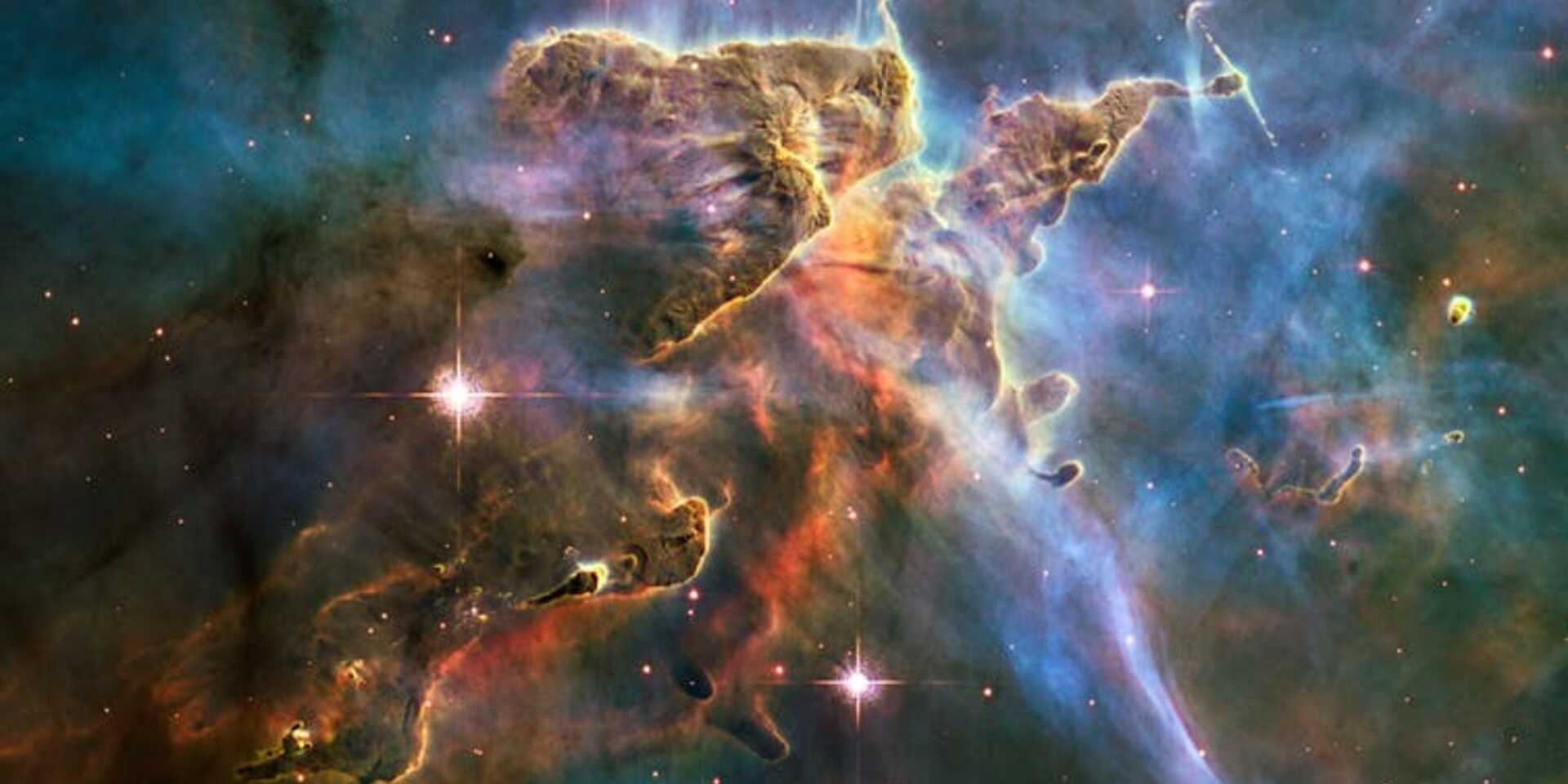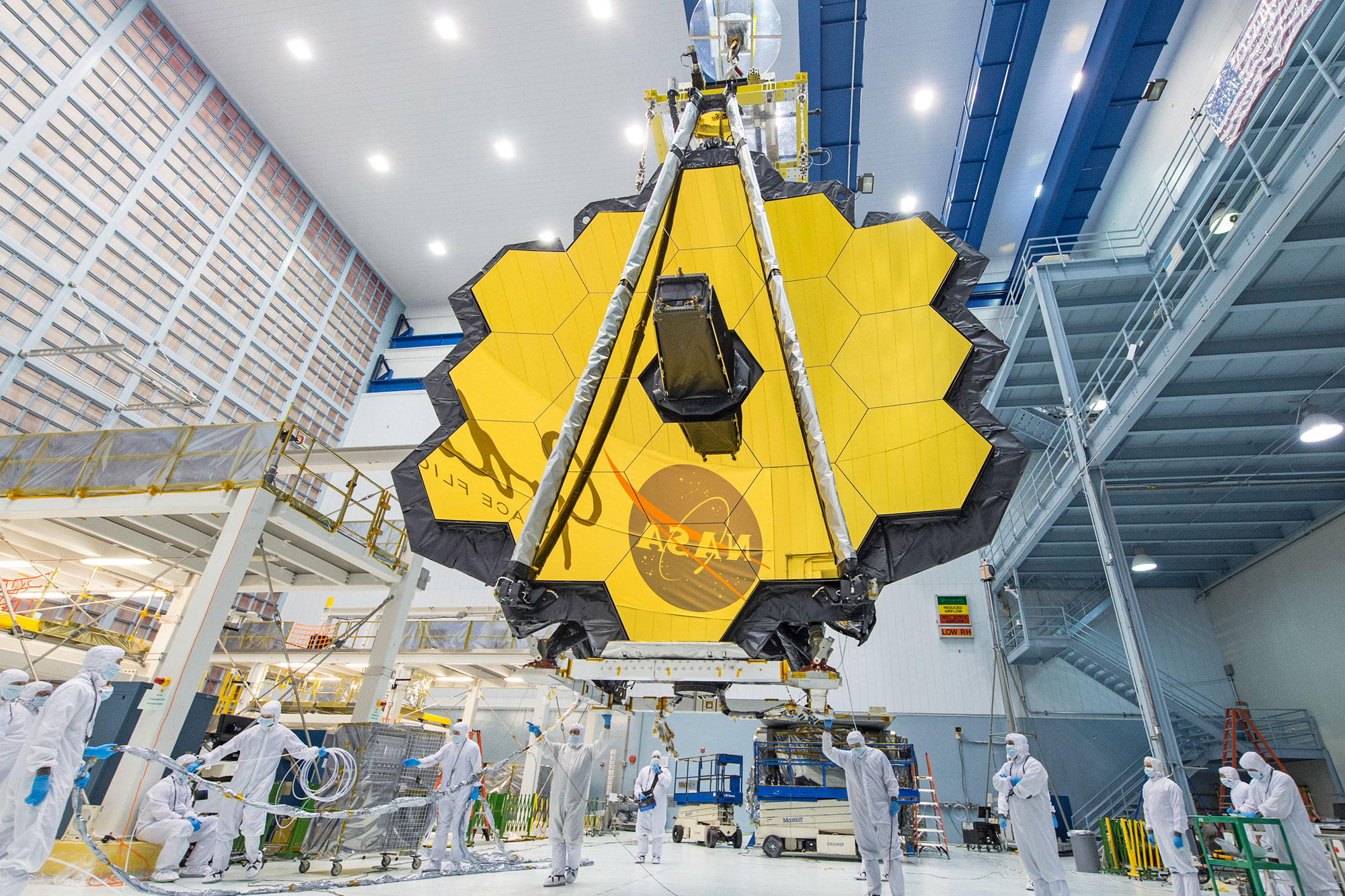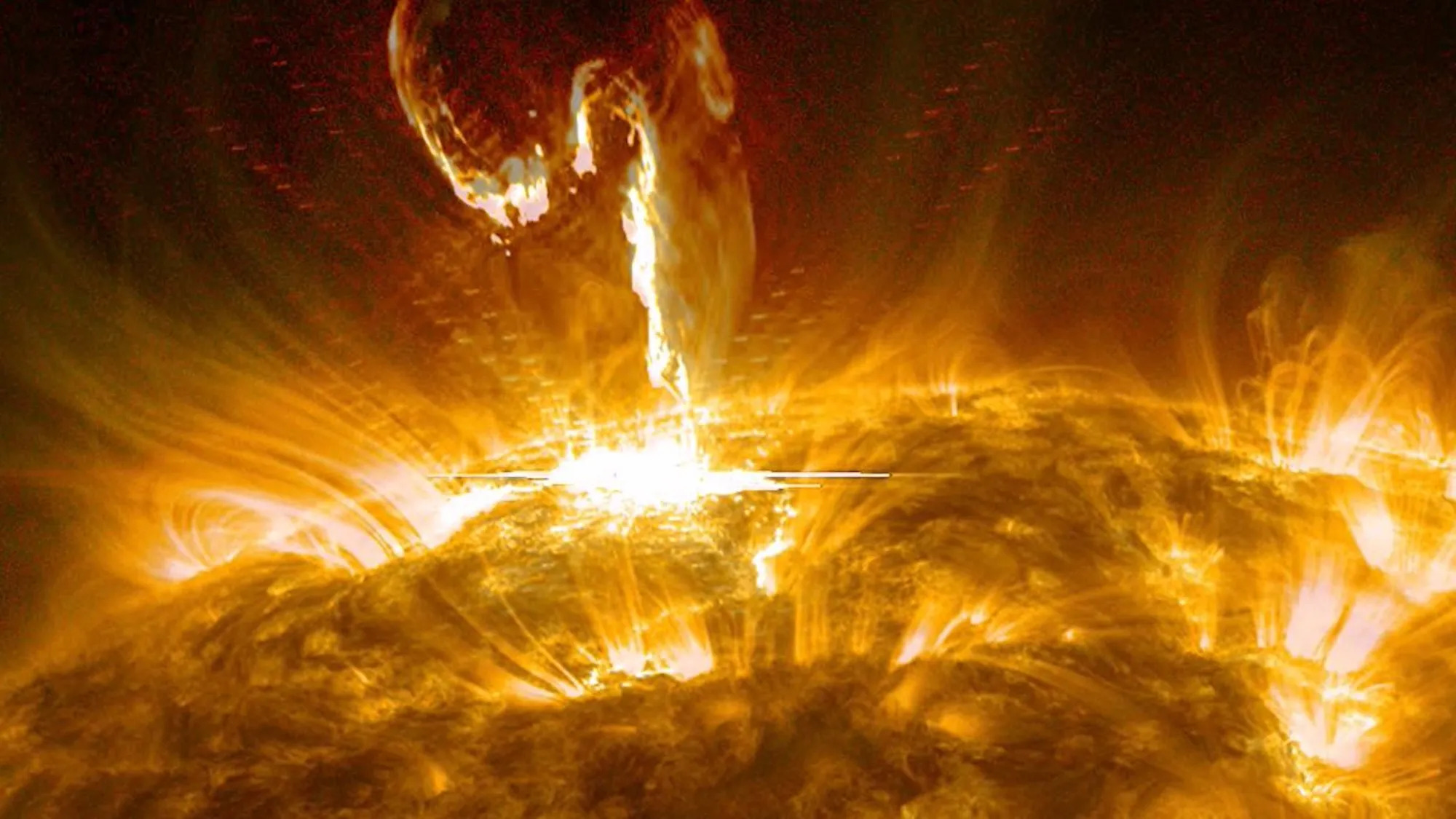solsticeuniversity.com – Venus, often referred to as Earth’s “sister planet,” stands out in our solar system for its similarities to and stark differences from our home world. Named after the Roman goddess of love and beauty, Venus has fascinated humanity for centuries. However, beneath its bright and captivating exterior lies a world of extremes, making it one of the most hostile planets in the solar system.
Overview of Venus
- Position in the Solar System: Second planet from the Sun, orbiting at an average distance of about 108 million kilometers (67 million miles).
- Size and Mass: Almost the same size as Earth, with a diameter of 12,104 kilometers (7,521 miles) and a mass about 81.5% of Earth’s.
- Atmosphere: A thick, toxic blanket of carbon dioxide with clouds of sulfuric acid, creating extreme greenhouse effects.
- Surface Temperature: A scorching average of 475°C (900°F), making it the hottest planet in the solar system despite not being closest to the Sun.
Unique Features of Venus
1. Retrograde Rotation
One of Venus’s most intriguing characteristics is its retrograde rotation. Unlike most planets in the solar system, Venus spins on its axis in the opposite direction of its orbit around the Sun. This means that on Venus, the Sun rises in the west and sets in the east. Additionally, its rotation is incredibly slow—a single day on Venus (243 Earth days) is longer than its year (225 Earth days).
2. Extreme Greenhouse Effect
Venus’s dense atmosphere traps heat with unparalleled efficiency. The abundance of carbon dioxide creates a runaway greenhouse effect, making the planet’s surface hotter than Mercury’s, even though Mercury is closer to the Sun. The intense heat has rendered the planet uninhabitable by Earth-like life forms.
3. Volcanic Landscape
The surface of Venus is dotted with thousands of volcanoes, vast plains of solidified lava, and towering mountains. Some studies suggest that volcanic activity may still occur, releasing gases into the atmosphere and reshaping the planet’s surface over time.
4. Thick and Reflective Clouds
Venus’s atmosphere is covered by thick clouds composed of sulfuric acid droplets. These clouds reflect about 75% of sunlight, making Venus the brightest object in the night sky after the Moon. Despite their beauty from afar, these clouds contribute to the planet’s extreme conditions.
Scientific Missions to Venus
Over the years, numerous space missions have aimed to uncover Venus’s secrets:
- Venera Missions (Soviet Union): The Venera program in the 1960s and 70s achieved historic milestones, including the first successful landing on Venus. Venera 13 sent back the first color images of the surface, revealing a rocky, barren landscape.
- Pioneer Venus (NASA): Launched in 1978, this mission studied Venus’s atmosphere and surface from orbit.
- Magellan (NASA): From 1990 to 1994, the Magellan spacecraft mapped Venus’s surface using radar, providing detailed images of its volcanic and tectonic features.
- Akatsuki (JAXA): Japan’s Akatsuki mission, launched in 2010, continues to study Venus’s atmosphere and weather patterns.
Future missions, such as NASA’s VERITAS and DAVINCI+, as well as ESA’s EnVision, aim to further explore Venus’s geology, atmosphere, and potential for past habitability.
Why Study Venus?
- Understanding Greenhouse Effects: Venus offers a stark example of how runaway greenhouse effects can transform a planet. Studying Venus helps scientists understand climate change and its potential impact on Earth.
- Planetary Evolution: Despite its similarities to Earth in size and composition, Venus has evolved in a dramatically different way. Understanding why can provide insights into planetary formation and the factors that make a planet habitable.
- Search for Life: While Venus’s surface is inhospitable, recent studies have speculated about the possibility of microbial life in its upper atmosphere, where temperatures and pressures are more Earth-like.
Mythology and Cultural Significance
Throughout history, Venus has captured the imagination of people around the world. Known as the “morning star” and “evening star,” Venus has been a symbol of love, beauty, and fertility in many cultures. Its consistent brightness in the sky made it a central figure in mythology and astronomy long before the invention of telescopes.
Challenges of Exploring Venus
Despite its proximity to Earth, exploring Venus is incredibly challenging due to its harsh conditions. The high temperatures, crushing atmospheric pressure (92 times that of Earth), and corrosive clouds make designing durable spacecraft a significant engineering challenge. Most landers sent to Venus have survived only a few hours before succumbing to the extreme environment.
Conclusion
Venus remains one of the most fascinating yet enigmatic planets in our solar system. Its similarities to Earth make it a valuable target for understanding planetary evolution, while its extreme conditions provide a cautionary tale about the power of atmospheric change. As technology advances, future missions to Venus promise to uncover more about this mysterious world, deepening our understanding of both our neighboring planets and our own.
By studying Venus, we not only learn about the dynamics of a hostile planet but also gain perspective on the delicate balance that sustains life on Earth.
